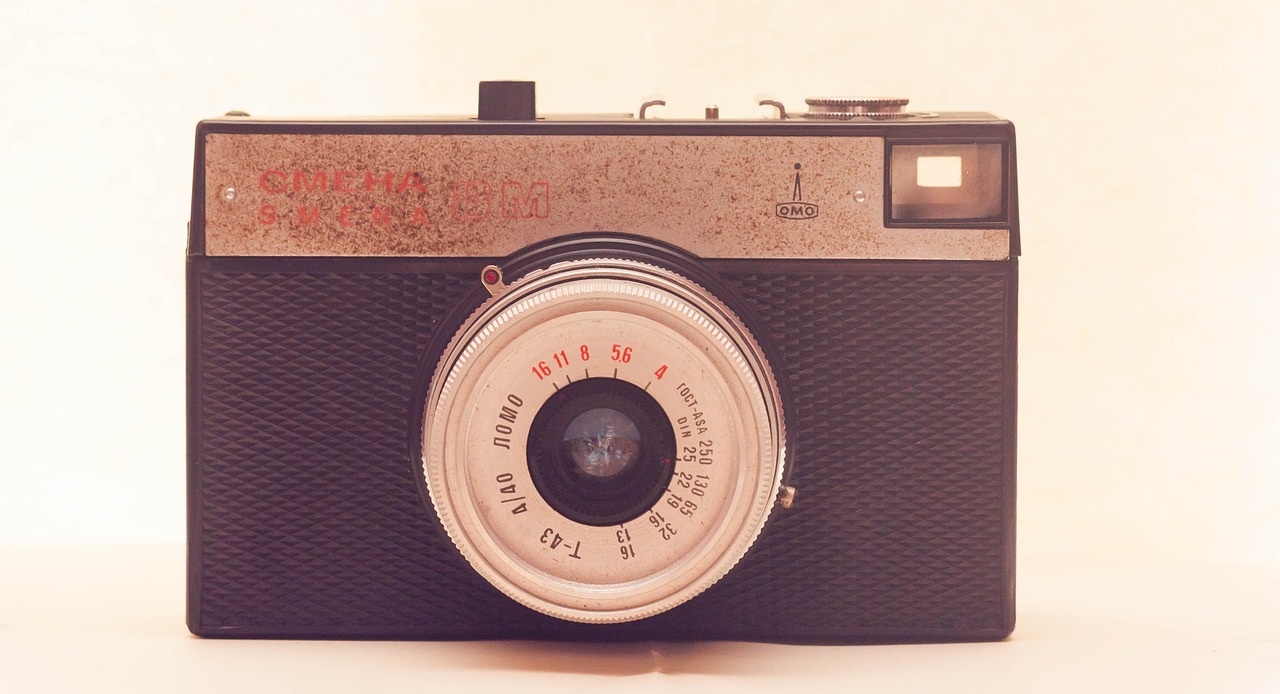Each week, we publish a mishmash of ecommerce related, insight infused articles for you to smash through. Just as we collect business information across all of a merchant’s channels in a single place, we’re doing the same for ecommerce related content from a variety of top-tier content creators. If you find the material filling your appetite for knowledge, feel free to share this post, as well as any article you see here.
You know your product kicks ass. But it’s going to take some convincing if you want a customer to offer up their credit card digits. One of the largest downsides to selling online is the fact that, well, you’re selling online and not at a physical location. The customer doesn’t get to see, touch, and watch your product in action. All they see are static images and text, and those two aspects must be mighty persuasive. In this week’s mishmash, we’ll cover how these two elements — product photography and copy — can make all the difference in conversion.
Put in a Good Word for Your Product
You’ve heard it a thousand times: a picture’s worth a thousand words. That may be the case during an art auction, but product photography alone isn’t going to cut it when selling online. Product copy supplements your images by answering any lingering questions the customer has about the product, like components, sizes, colors, etc. Conversion XL has the lowdown on just how to implement your product copy, as well as a bunch of other interesting information, including its SEO benefits, how it reflects your brand, and the many ways it can woo a customer into an enthusiastic purchase. Sometimes, an entertaining and engaging product description can be just enough to convert some traffic.
Include All of the Product Information
If you’re questioning whether or not product copy actually helps with anything, perhaps this study by UserTesting and mammoth marketplace Jet.com will answer your question. Jet, which launched nearly a year ago with its promise to take on Amazon, ran into a problem that all e-retailers are familiar with. Consumers were looking at products, but not making the final step from product listing to checkout page. Not for lack actual product specifics, but for lack of order specifics, like shipping costs and returns policies. To remedy that, UserTesting began including such information with the product details, leading to a jolt in conversion rates of around 10%. Maybe it’s worth a shot in your own storefront?
Some Charitable Inspiration
As we’ve suggested, a major pro to having product copy is the psychological impact it can have on a consumer. And what better way to represent that than businesses in the non-profit sector who must persuade site visitors due to the fact that there’s no actual transaction taking place. Econsultancy has 10 fantastic copywriting examples by charities who employ some seriously effective psychological and emotional principles — like guilt, trust, and social proof — to get the action they want.
Careful When Copying Photography
One type of copy all merchants unanimously hate that can have a serious impact on your photography and bottom line is copyright infringement. Truth be told, if you want to seduce consumers into trusting your product, you probably want to do your own top-notch product photography. But sometimes standard, static product images are good enough, especially if you’re selling on a marketplace like Amazon where product reviews bear the brunt of trust. That said, those images you use can present a risk if they’re copyrighted and you’re unaware. As your free legal counselor, Practical Ecommerce has a quick 101 on ways to avoid copyright infringement.
Bourgie Images on a Budget
And one of the very reasons why a merchant would use some generic, copyright-risky product image is to save money — photography can be expensive. But there is a way to develop professional photography at a not-so-professional price, around $50 to be exact. Here’s a quick guide for rocking product photography on a budget by Bigcommerce. There are some serious tidbits of knowledge, like what type of photography gear to look into, how to set up a makeshift studio, and various angles to visualize your products as you go about snapping pictures.



